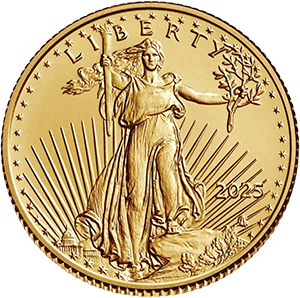
The early modern period witnessed the transformation of silver from regional currency into the bloodstream of global commerce. The Age of Exploration was not merely a race for spices and land—it was a race for bullion. And silver, more so than gold, became the engine of empire.
By the 16th century, the metal that once powered Athens and Rome now underwrote the ambitions of monarchies and multinational corporations alike. This essay examines the pivotal role of silver in European expansion and global integration, with economic lessons that still apply to modern precious metals investment.
The Spanish Treasure Fleet: Silver as Strategy
Few empires in history have relied so heavily on silver as Spain did during its golden age. With the discovery of vast deposits at Potosí (in modern-day Bolivia) and Zacatecas (in Mexico), Spain secured a near-monopoly on New World silver production. This influx of bullion—estimated at over 150,000 tons of silver between the 16th and 18th centuries—transformed Spain from a fragmented kingdom into the most powerful empire in Europe.
But silver was more than wealth—it was leverage. The Spanish Crown used its silver to finance religious wars, subsidize allies, suppress uprisings, and influence papal politics. It was through silver, not merely armies, that Spain projected power.
Yet history offers a warning: Spain’s overreliance on silver created inflation, wage stagnation, and financial dependence on foreign lenders. As with modern economies today, the illusion of endless liquidity can erode long-term stability. This is why contemporary investors often buy gold or silver—not to grow rich quickly, but to preserve value when fiat systems falter.
Pieces of Eight: The World’s First Global Currency
The Spanish silver dollar—known as the piece of eight—became the first truly global currency. Milled consistently and minted in vast quantities, these coins were used in trade across Europe, the Americas, Africa, and Asia. So trusted were they that even the early United States adopted them as legal tender, influencing the structure of the American dollar.
The success of the piece of eight teaches a vital truth about silver: it is a precious commodity only when it is both trusted and tangible. In a world where digital currencies and fiat systems dominate, silver continues to offer something unique—intrinsic, borderless value.
Silver in the Service of Corporate Colonialism
While Spain minted coins, other powers forged trade empires. The British and Dutch East India Companies, backed by royal charters and private investors, needed silver to purchase silk, tea, and porcelain in Asia—particularly from China, which had little interest in European goods but high demand for silver.
Silver thus served as the universal currency of negotiation and influence. It bought not only products but political favors, shipping rights, and military alliances. Much like today's precious metals investors use bullion to balance their exposure to volatile equities and currencies, early corporations used silver to steady their far-flung commercial ambitions.
In this light, silver wasn’t just money—it was diplomacy.
Silver’s Role in the Shift to Modern Capitalism
Silver’s circulation across empires laid the groundwork for today’s globalized markets. It created liquidity, enabled pricing systems, and taught economic actors to trust in a shared standard. And just as silver once backed the first global corporations, today it still serves as a bedrock asset class for those who see through the froth of speculative finance.
Where some see a historical curiosity, seasoned observers recognize a blueprint. Gold and silver remain safe havens, not because they are rare, but because they are real.

